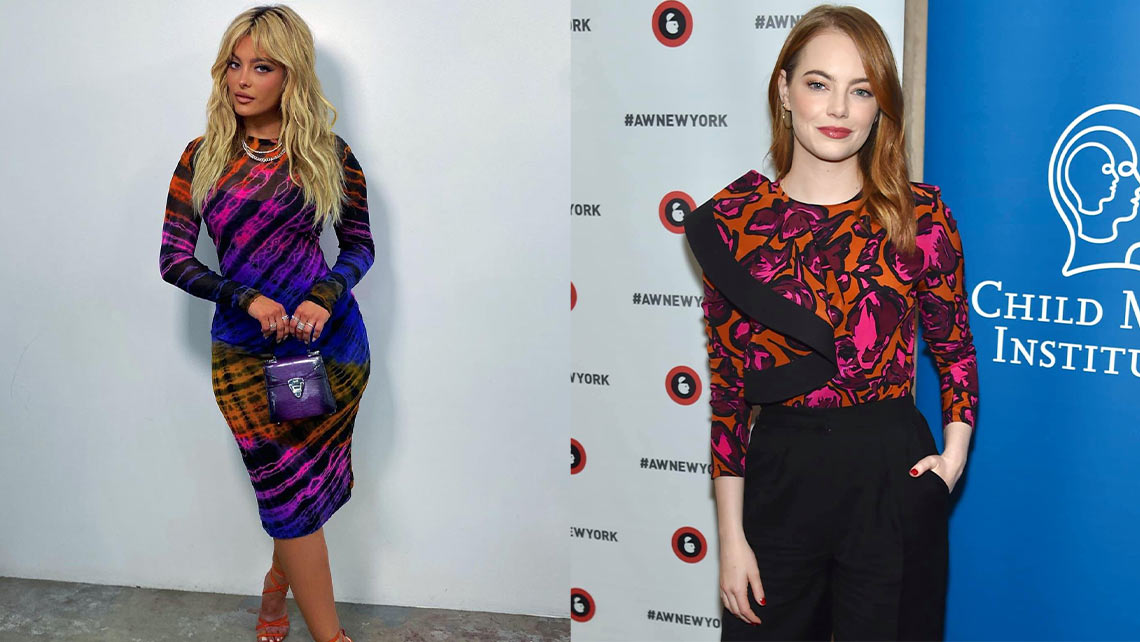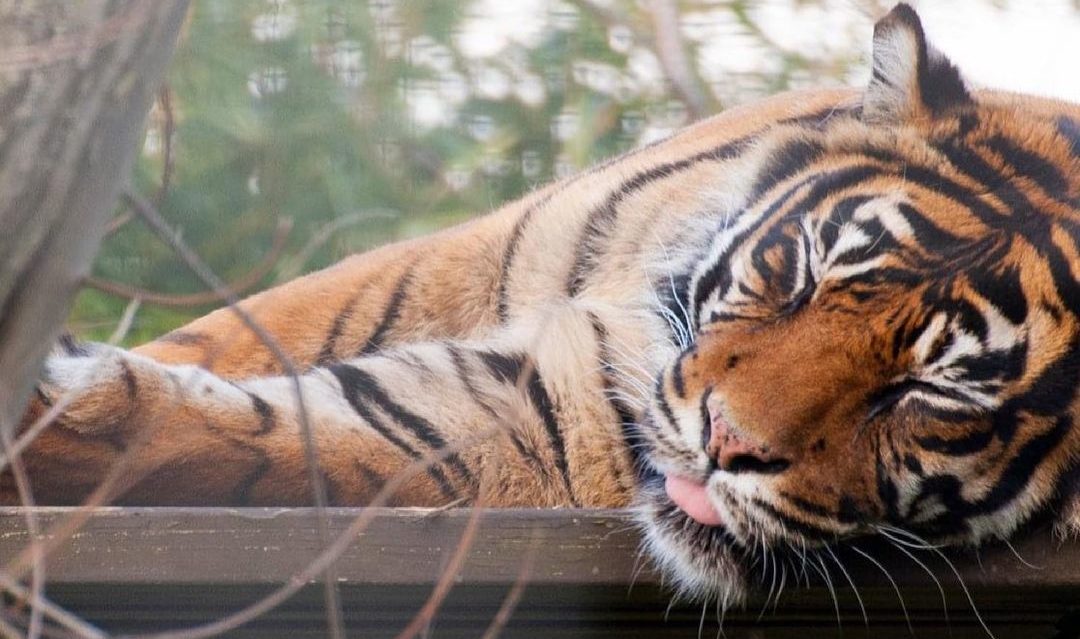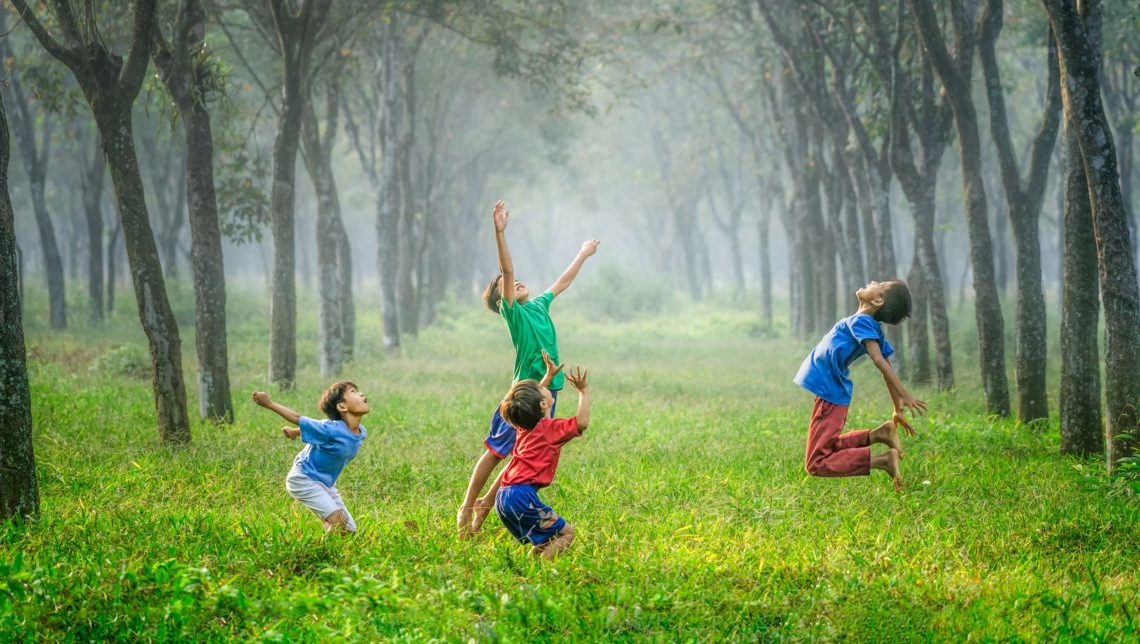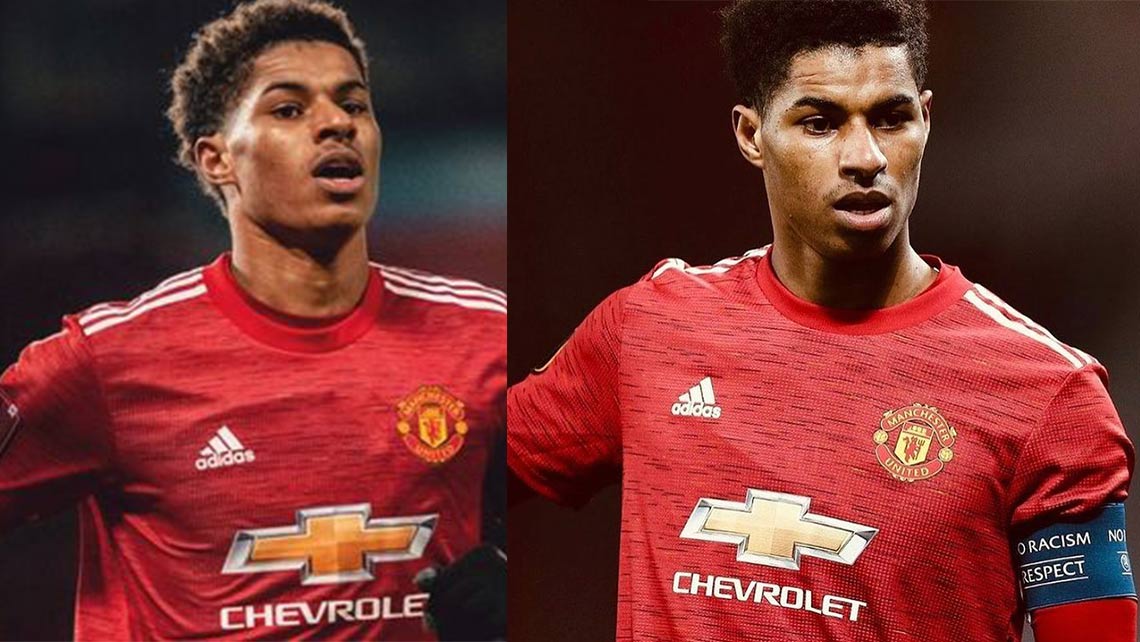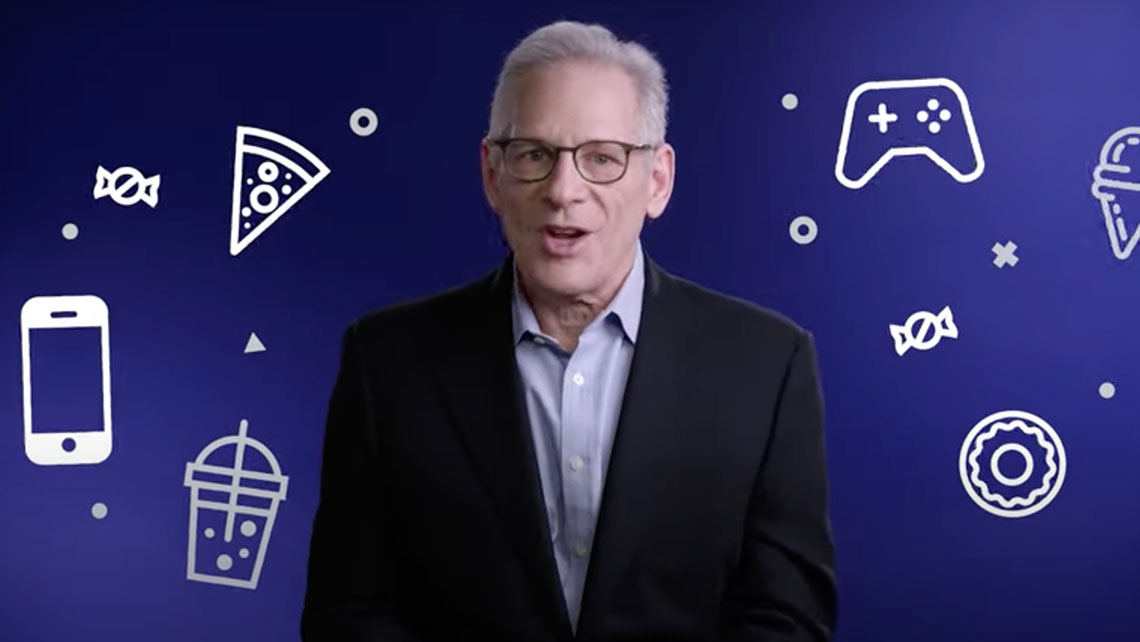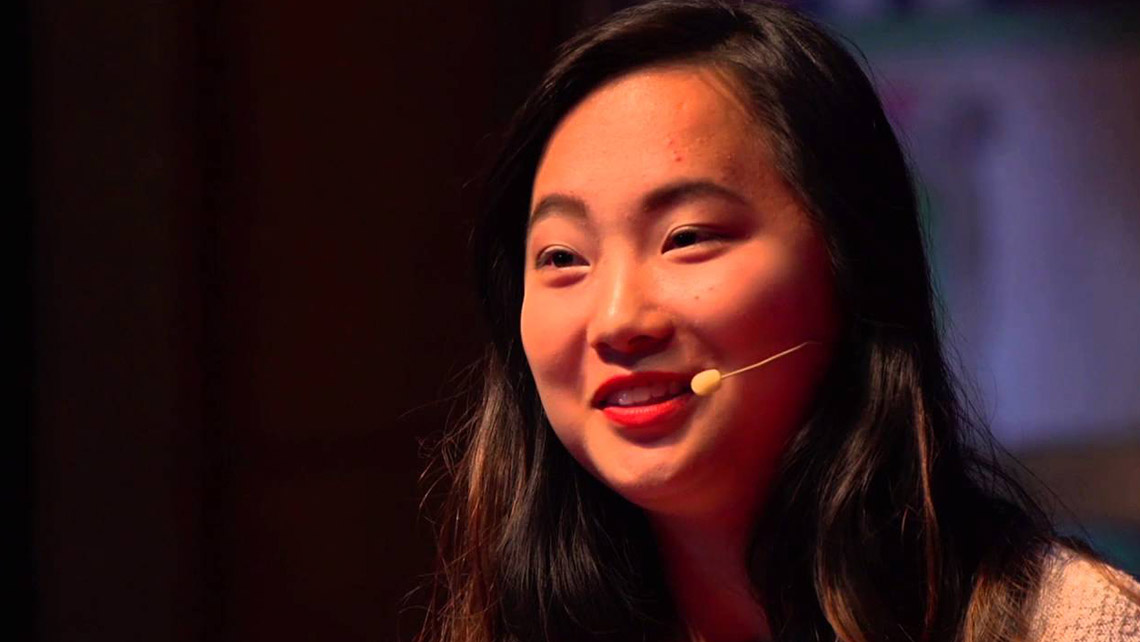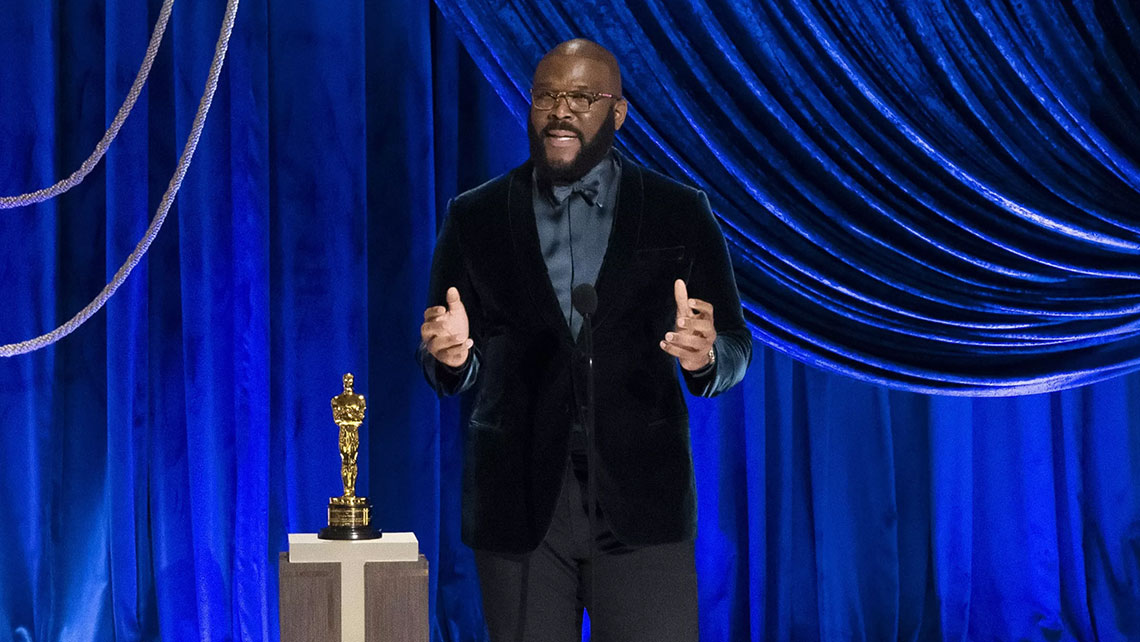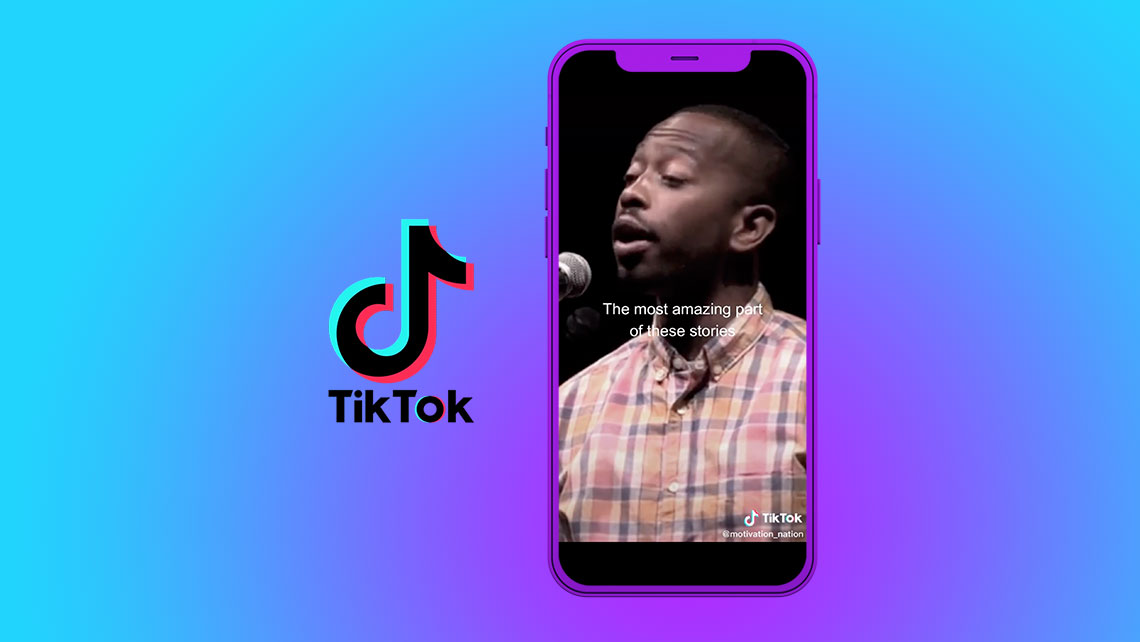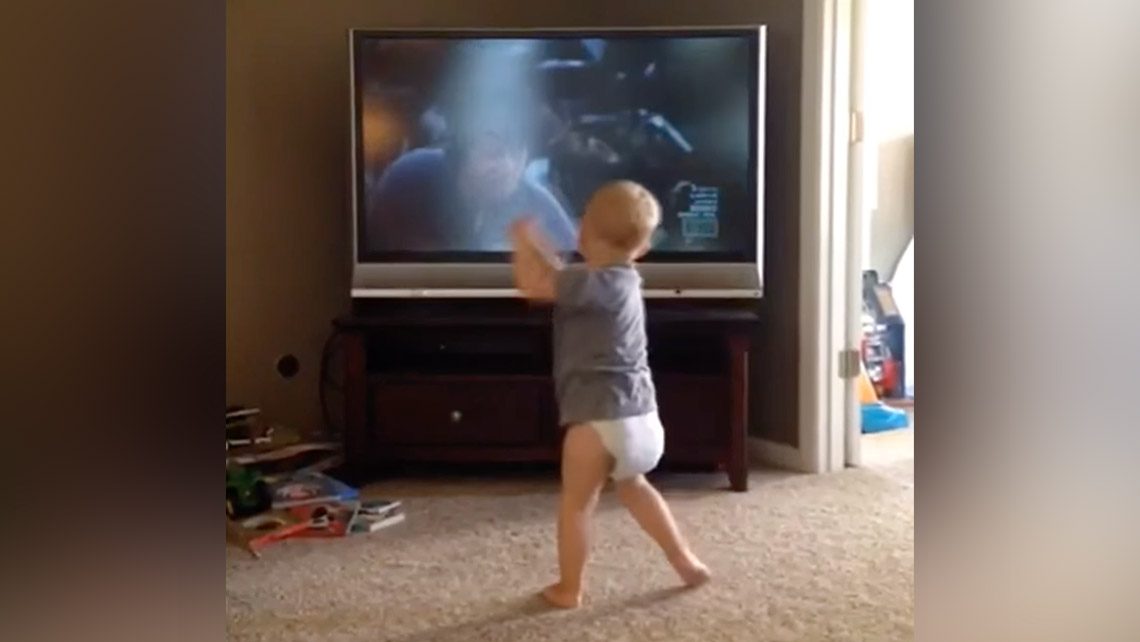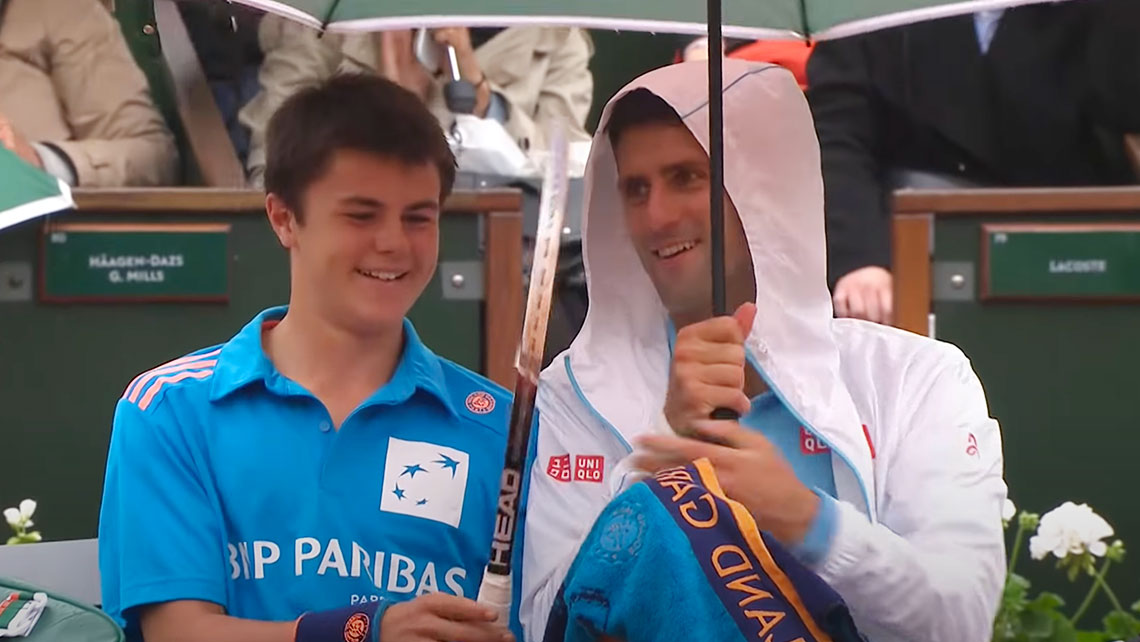It’s mental health month, and the Child Mind Institute has launched its Getting Better Together campaign. It features “inspiring, homemade videos from celebrities,” who share their own struggles with mental health in the hope of ending stigma and encouraging kids to ask for help.
The campaign has three separate focuses. For kids, it’s managing emotions and building confidence. For teens it’s knowing how to ask for help, and learning to better express their feelings. And for parents, the focus is on self care; the idea being that the better you’re able to care for yourself, the more present you can be for your kids.
Some of the celebrities who have shared their story include Tan France, Zoe Saldana, Bebe Rexha, and Emma Stone.
Bebe Rexha, for example, talks about her struggles with anxiety and depression. “I’ve dealt with anxiety and depression and mental illness since I was super young and it’s something I’m very vocal about,” she explains in her video. She goes on to describe the things that help her cope: therapy, conversations with friends and family, and — perhaps obviously — music.
Emma Stone is a member of the Child Mind Institute’s board of directors, and in her video she cautions viewers to take things slow, saying, “This year was very scary and hard. Now going back out into the world can bring up a lot of feelings.” She continues: “Whether that change is staying home or the change is going out into the world, everyone has some of those feelings inside… keep talking about how you feel and sharing it with people you feel safe with. We are all going to be okay.”


